Facundo, Giuliana, and Amanda’s Story
The Road to Diagnosis, Connection, and Community
Mona and Owen Vogel
Living with Juvenile Tay-Sachs Disease: Building a Life that Matters
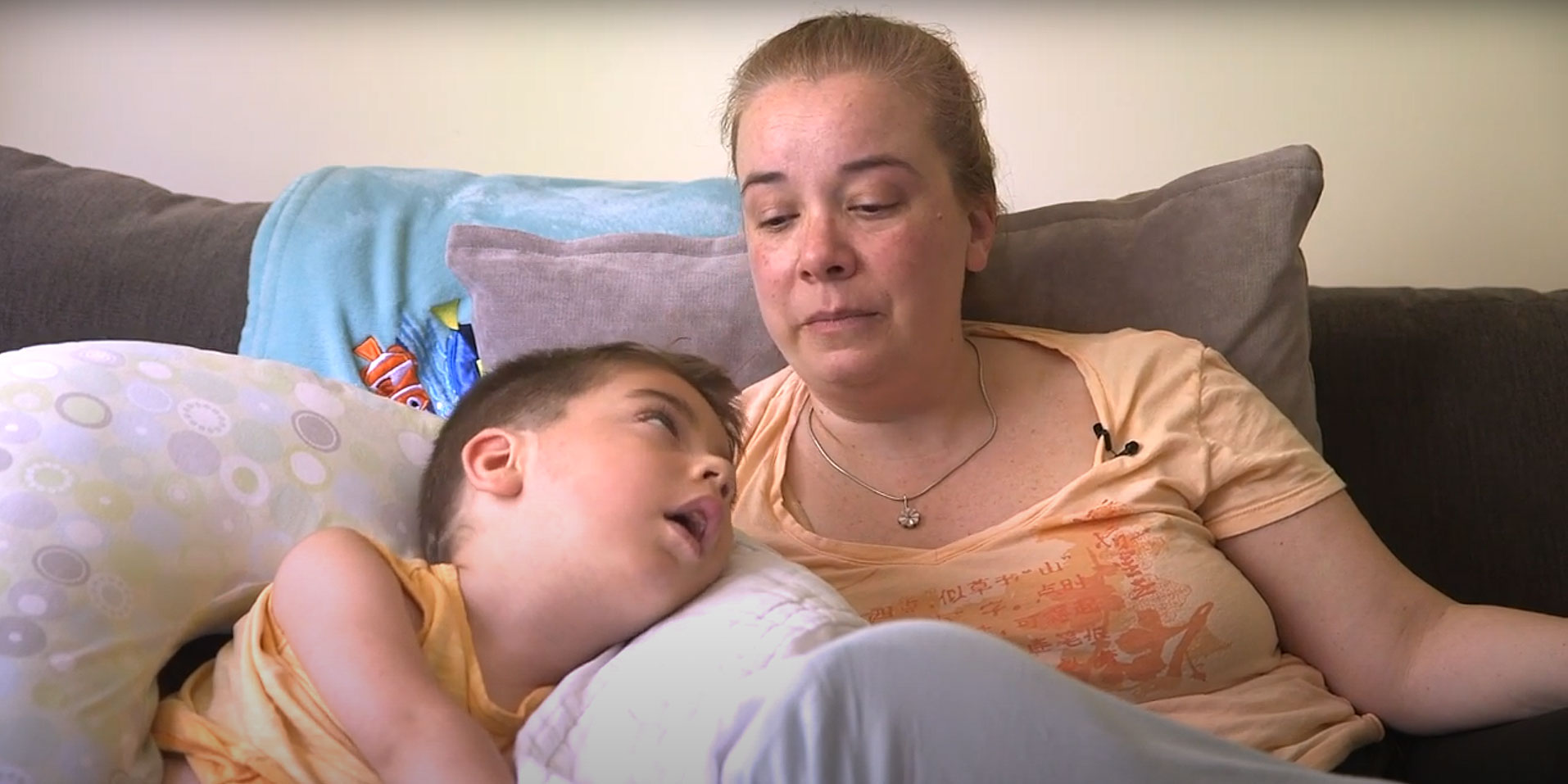
Looking for Answers
Luis, Alejandra, and Maria share their journey of living life to the fullest while caring for their children who have juvenile Tay-Sachs and GM1. As families who primarily speak Spanish, these parents sought not only answers for what they saw transpiring in their children, but support along the way. The road to a diagnosis was challenging, but love and perseverance led the way to NTSAD.
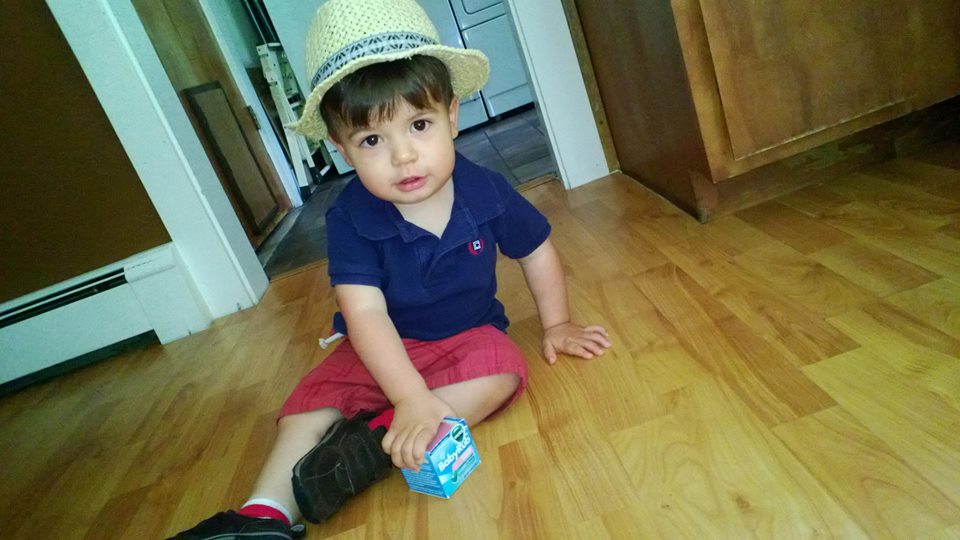
Luis and Alejandra are a married couple and parents to both Facundo and Guiliana who have juvenile Tay-Sachs disease. They live in Argentina with their four children, including two older children, Joaquín and Samara, both unaffected. Together they share birthdays, celebrations, and enjoy being together on family vacations where their smiles tell you everything you need to know about the loving bonds they share.
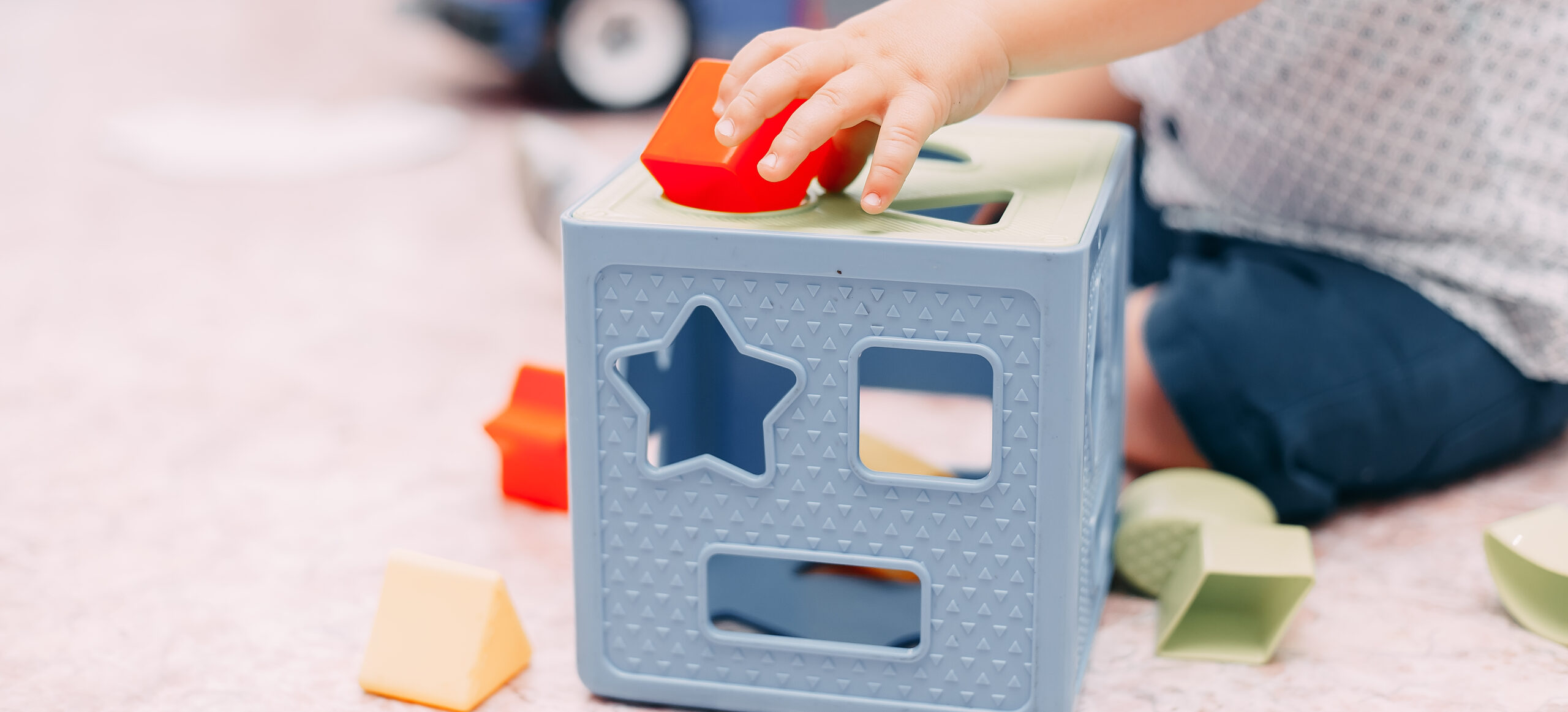
When they noticed a decline in their Giuliana and Facundo’s abilities, they began a search for answers in Argentina. As Luis shares, “Unfortunately, we went to several neurologists and none of them could give us a correct diagnosis. We went almost three years without a real diagnosis, and for us we were really desperate, because we wanted to know what was wrong with Facundo. His deterioration progressed day by day, and we did not understand what was happening. We wanted to know what he had.”
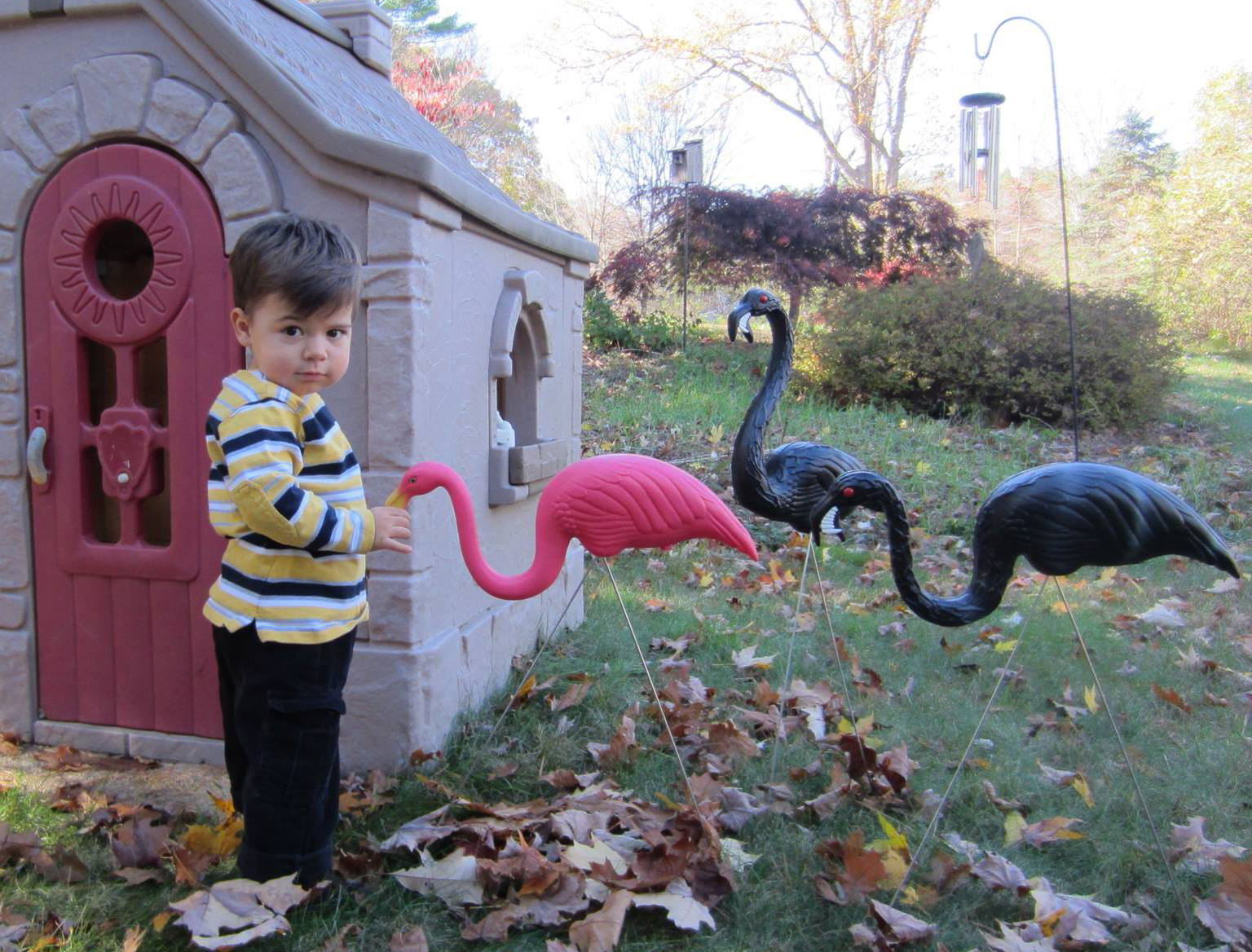
Eventually they found their answer. Facundo was diagnosed with Tay-Sachs first, followed by Guiliana soon after. “In Argentina we found absolutely nothing. That’s why the only place where we found something was in the United States, and here we are.”
While their difficulties with mobility increased, Alejandra shares how Facundo and Guiliana remained steadfast in their determination to keep going, “They were always very strong, and they adapted to all the changes that came up in their lives.”
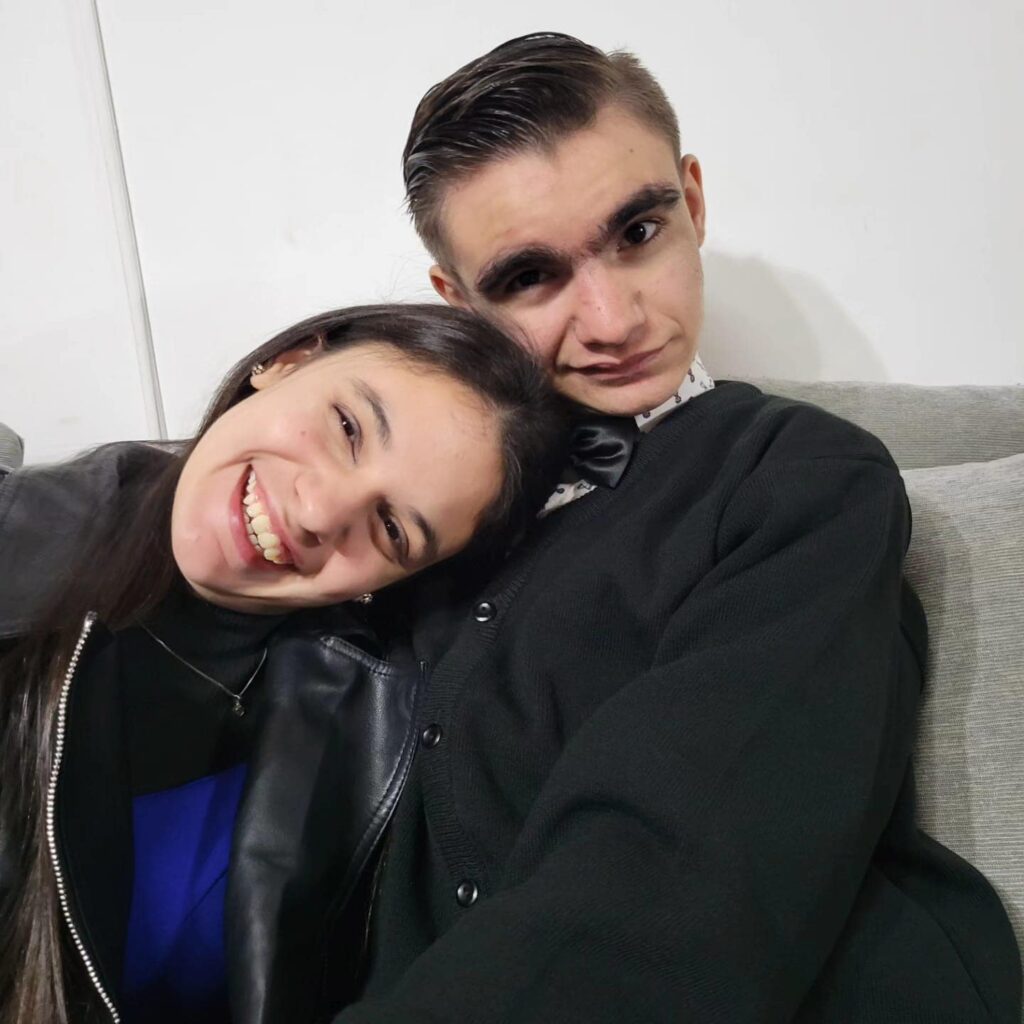
Similarly, Maria, a fiercely loving and determined mother, shares her experience in searching for a diagnosis for her daughter, Amanda, who has juvenile GM1. “Amanda started with symptoms that at first resembled autism. She wouldn’t focus. She wouldn’t follow directions. She would get very frustrated. She would become obsessed with things. I put her in swimming lessons, and I noticed that Amanda did not follow the directions.
I spoke more Spanish than English, perhaps I thought, ‘it’s because of the language that my daughter is like that, rebellious.’ But I began to notice that my daughter also stuttered.
Then, in an after-school program that I put her in for reading in English, she was not present. She would read or write and stay like that, looking at a point. I thought it was attention deficit disorder.”
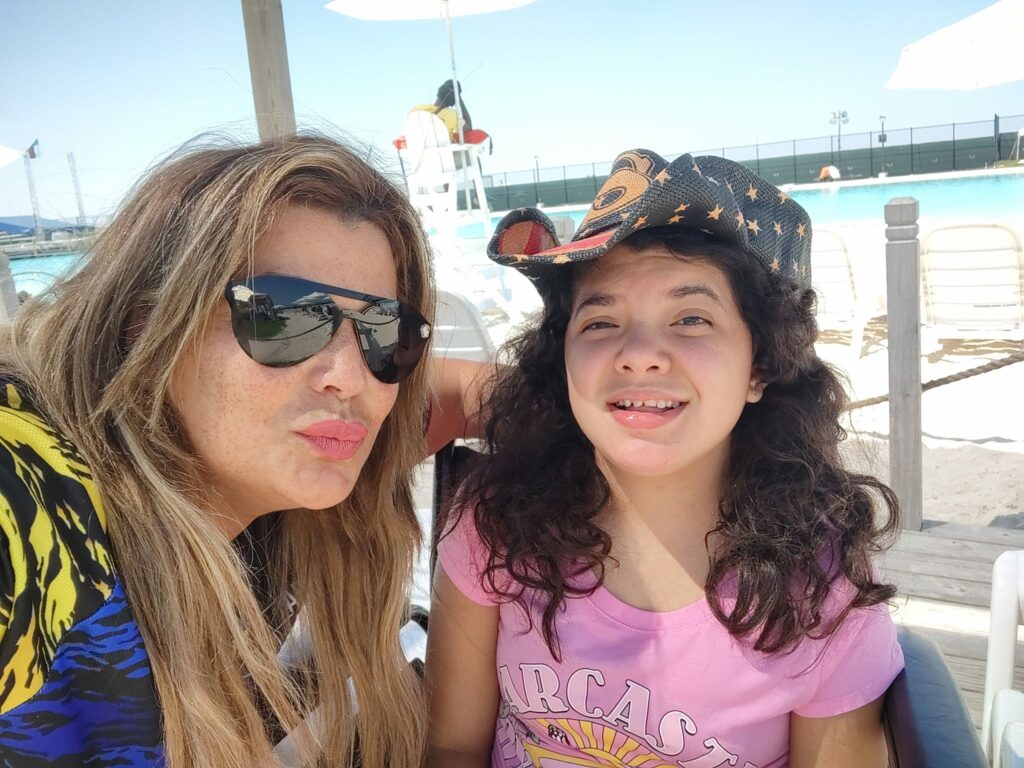
After years of seeing providers and engaging in multiple forms of therapies, Maria noticed Amanda wasn’t making progress in her skills, but seemed to be losing more of her abilities as time went on. Amanda shared with Maria, “Mommy, I want to learn. I don’t know how.”
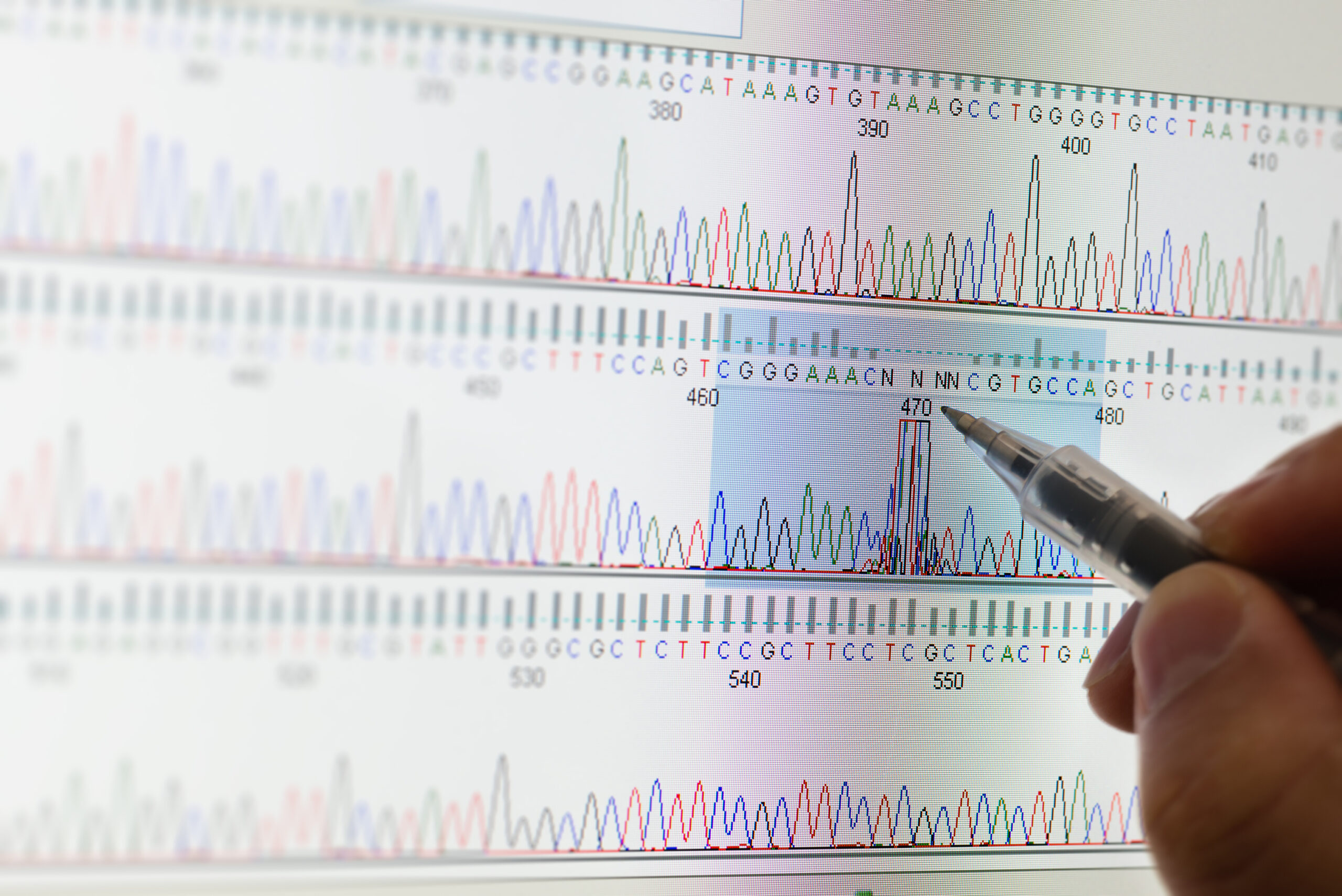
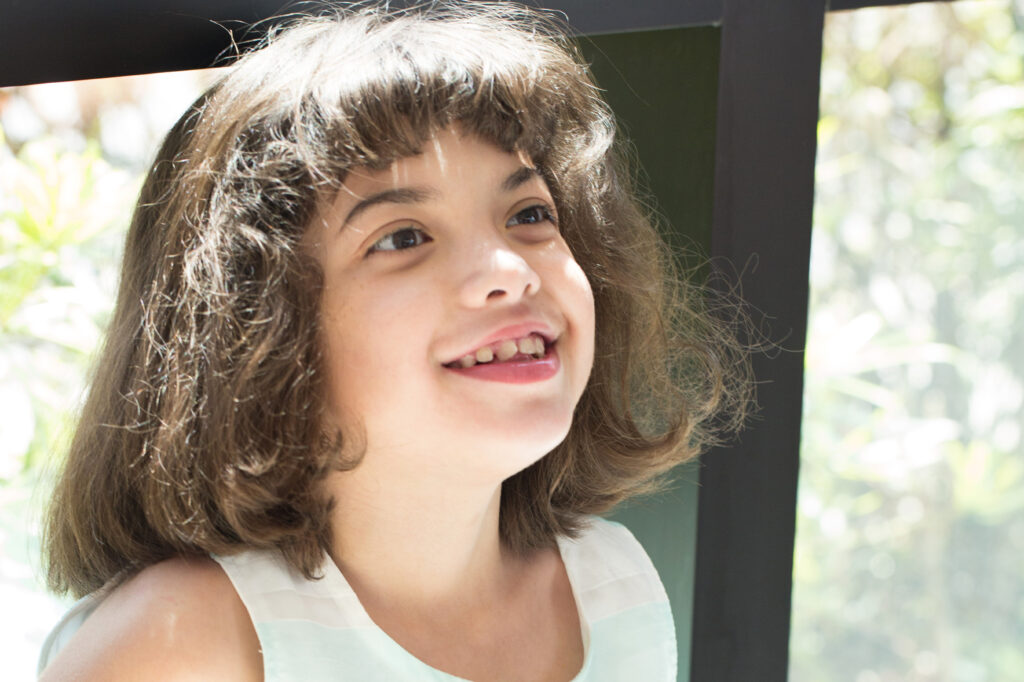
Maria kept searching, “Amanda began to lose her speech. Amanda had a hard time physically, including motor control and doing things she used to do normally. That’s when we kept looking for doctors, they couldn’t find what she had. I, in my despair I said, ‘there’s something here that’s not autism, it’s something different.’
I think that instinct led me to continue looking for other doctors. That’s when, at Cook Children’s Fort Worth, this neurologist gives us the genetic test and says, ‘You have GM1.’ I was lost, I said, ‘what is this?’”
Finding Connection in Trying Times
Sadly, Maria also lost her husband. “When I moved to Houston [after my husband died], I got another neurologist, who connected me with NTSAD. The organization has been a great support for me. NTSAD has been like a family to me that loves me, accepts me. We’re all the same.
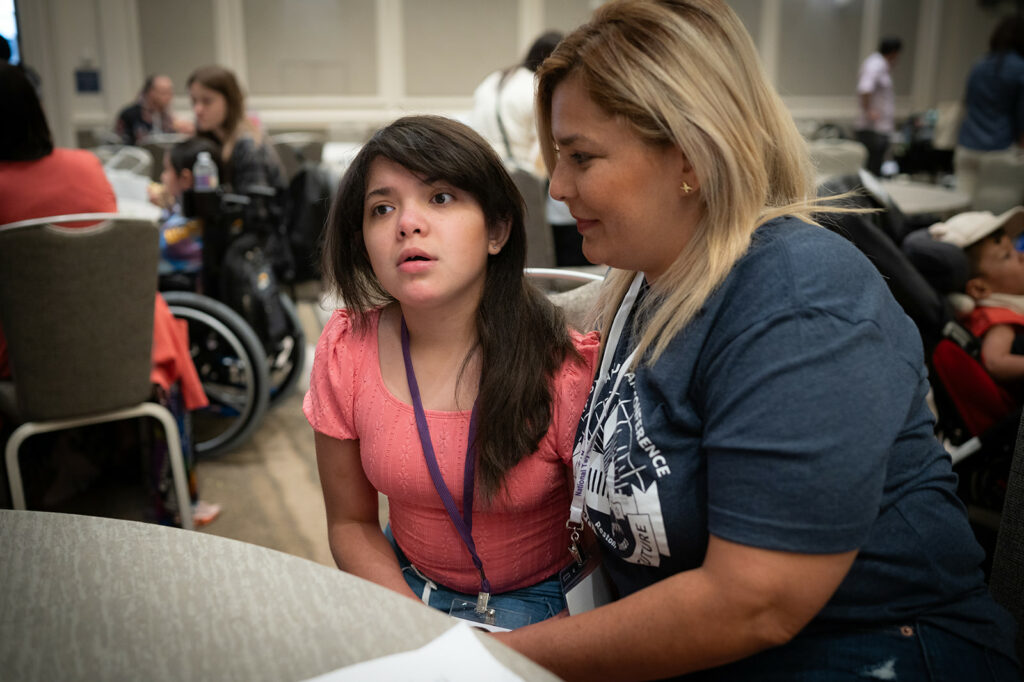
What we are looking for here is that our children have a quality of life. I tell every mother not to throw in the towel, to keep looking, to keep fighting because something good is going to come out of this.
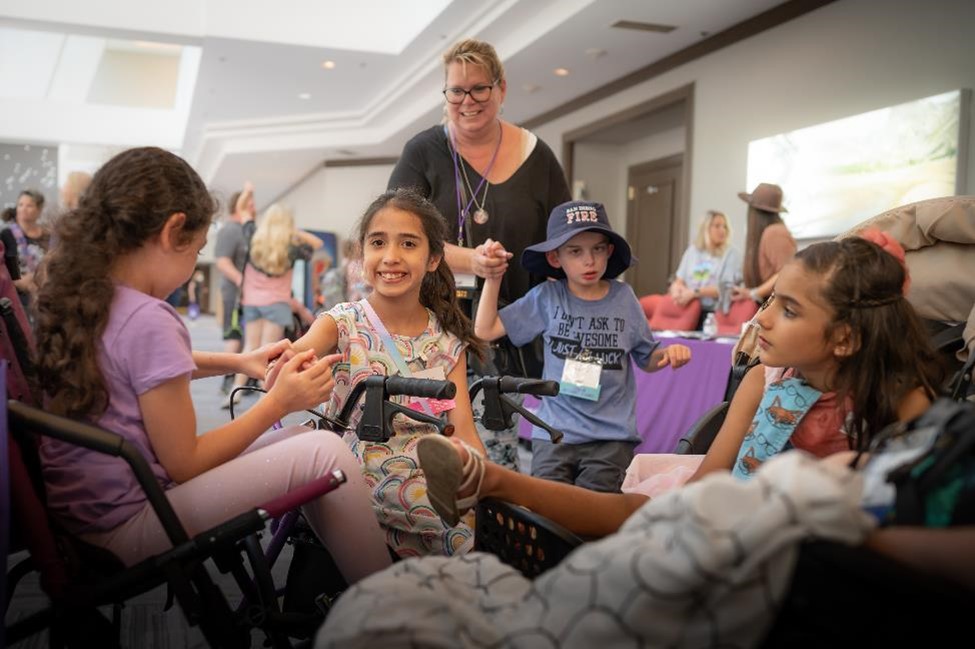
I am a person of great faith in God. I think one day I’m going to have that miracle of my daughter having gene therapy and being able to be a spokesperson to other mothers, saying, ‘yes, we can do it.’ Thanks to this organization that gives me those tools and the desire to continue fighting. I don’t feel alone.
No matter what happens in the future, for me, the most important thing is the present. Is Amanda happy now? Because you never know the future, or what will happen. I prefer being happy with her.”
Luis agrees, “We learned a lot from NTSAD, we learned a lot from other families that are going through this situation, and they taught us a lot.”
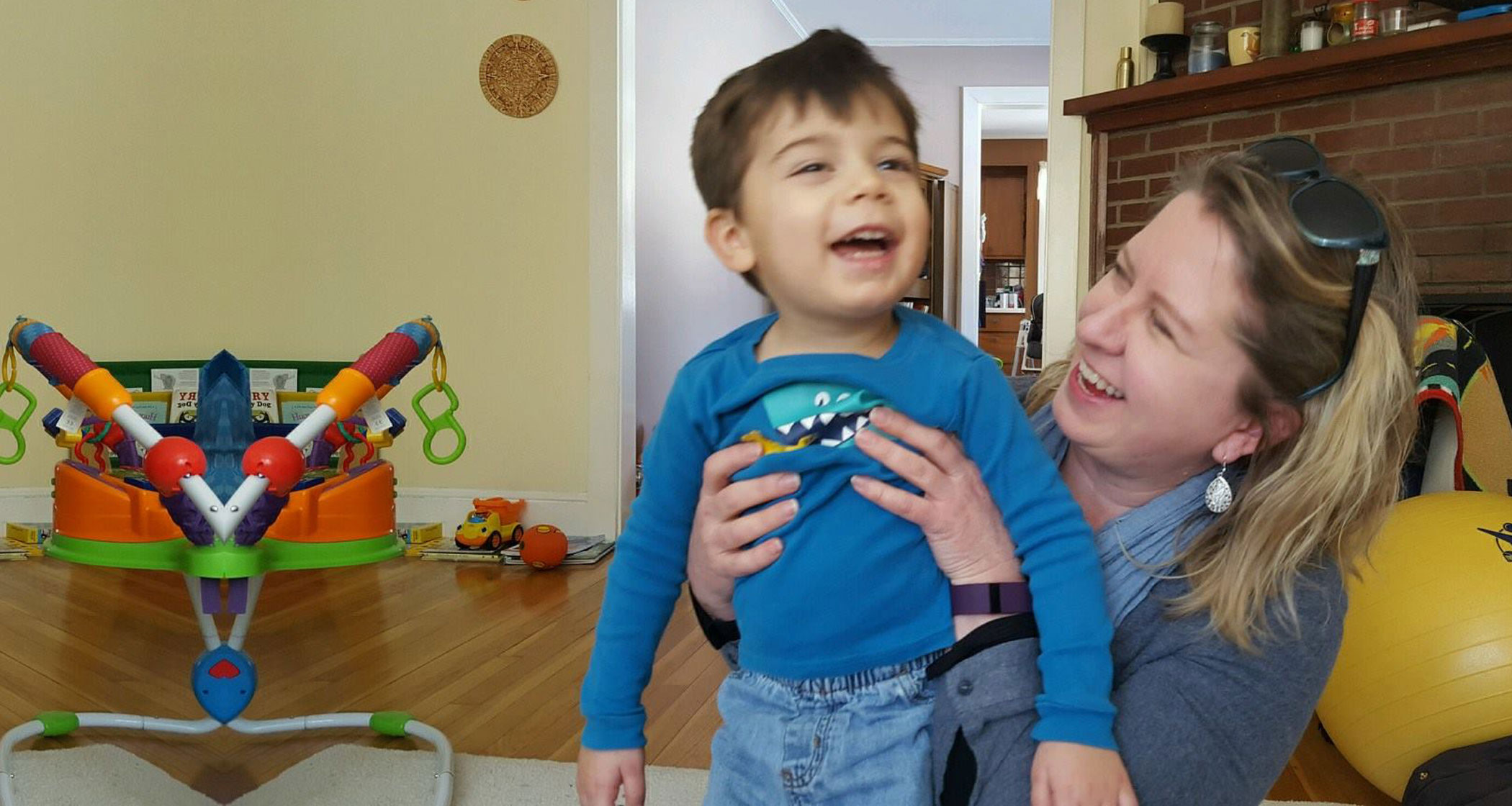
Never Lose Hope
Luis and Alejandra share the same sentiment of not giving up on looking for information and support. “There is much to be done, even though there is no cure yet, but there is some effective treatment of symptoms. These are diseases that, when treated, can lead to a better quality of life, a more bearable life for our children.”
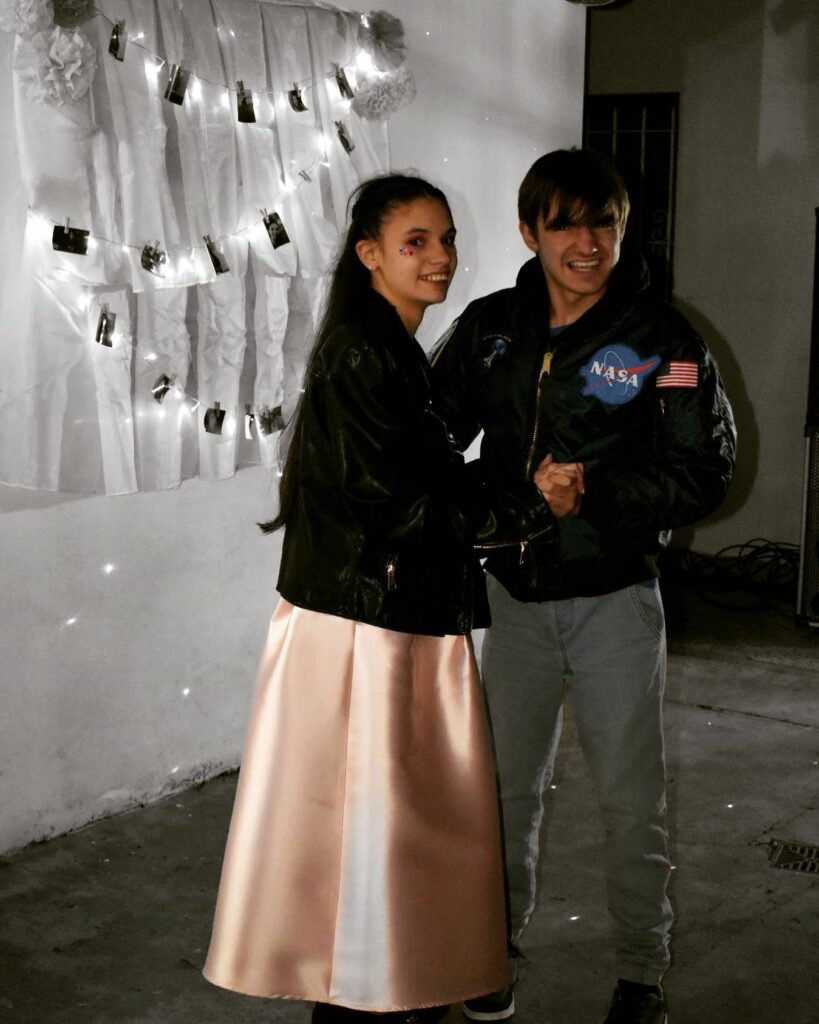
Alejandra wants others to know, “I would tell new families to keep investigating, to keep looking, that there is always something to do for them.”
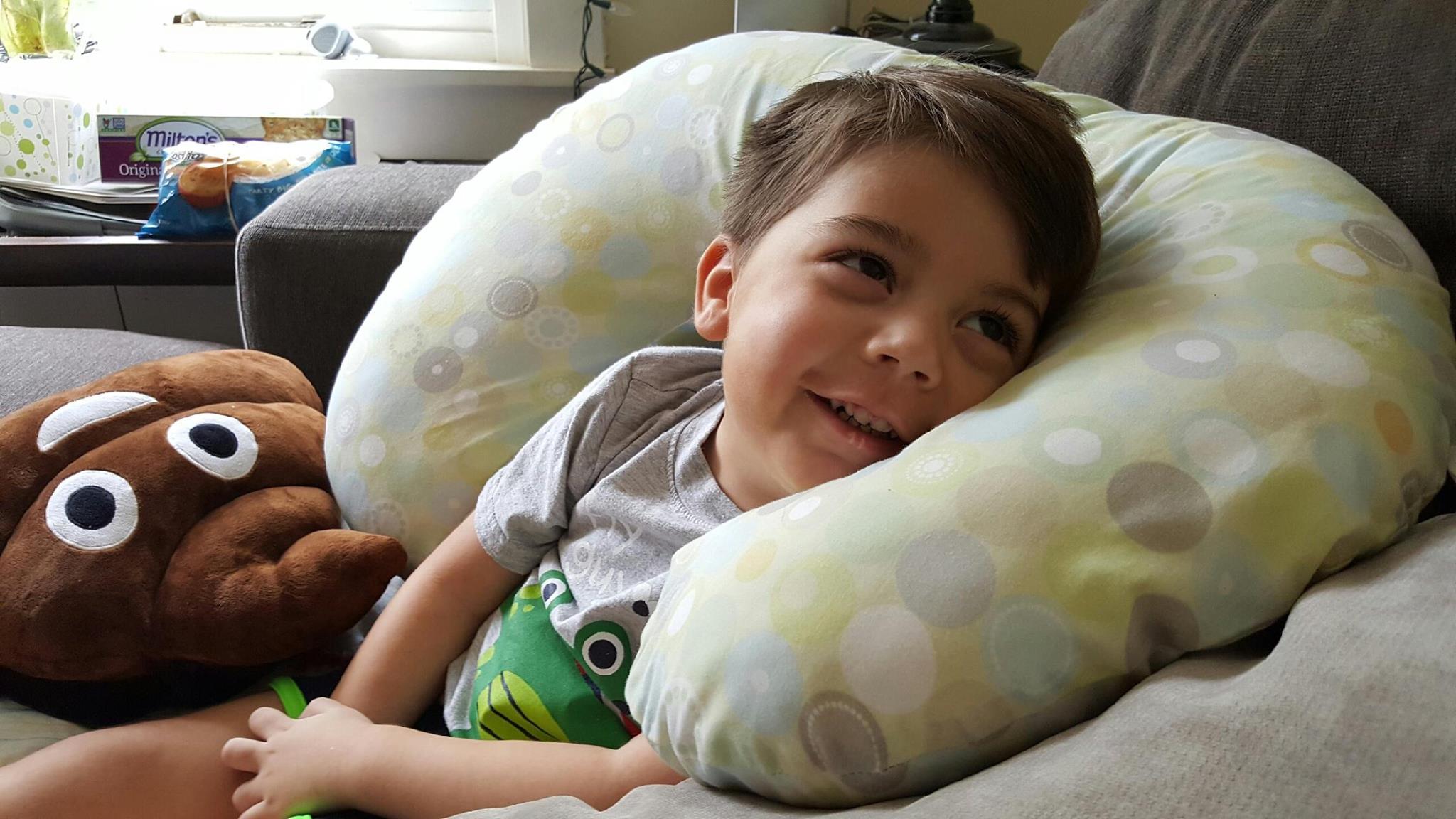
“What I can say to all those who are watching us and are going to hear this message to not to give up,” Luis adds. “There is so much to do. I want to tell all those families not to give up and fight for their children until the last second. That nothing is lost, and that hope is the last thing that is lost on this very difficult path that we have had. We fight for them with all our might. We know what we are up against. We know that it is a monster that advances day by day, and it takes a little more of our children with each passing day. We are going to continue fighting and doing everything possible to try to make them better and have the best quality of life.”

You are not alone.
The NTSAD Community is here to offer support to every newly diagnosed family. Contact care@ntsad.org to get connected.
Watch the interview (in Spanish) with Luis, Alejandra, and Maria.

